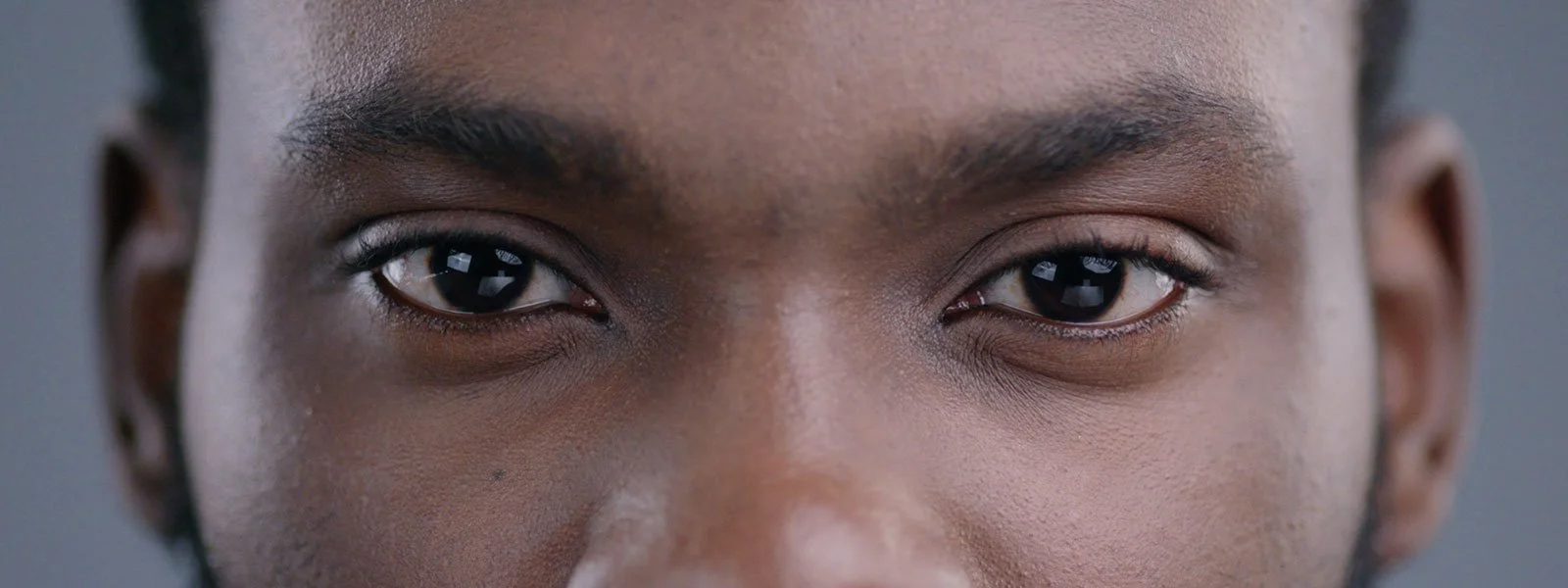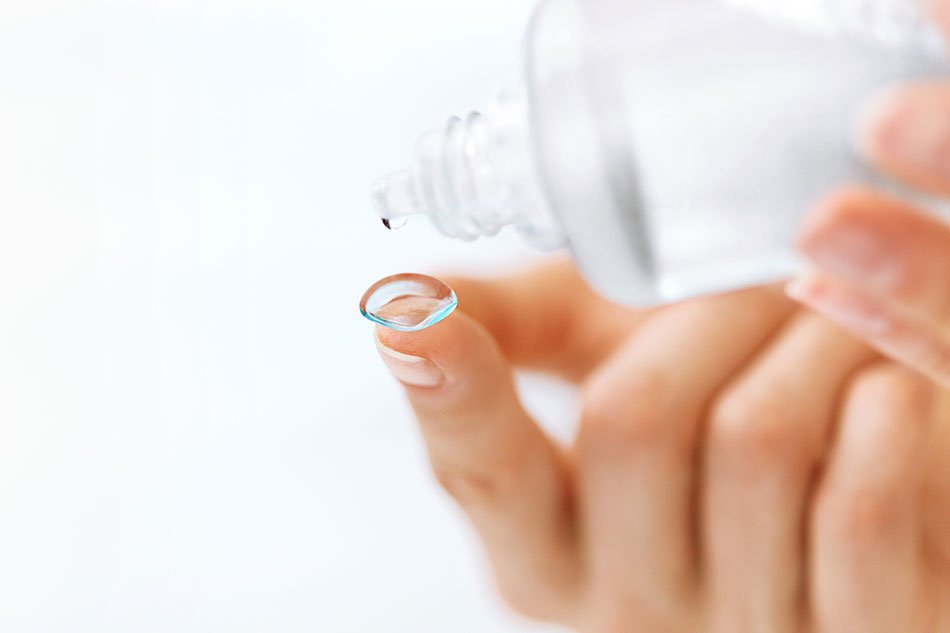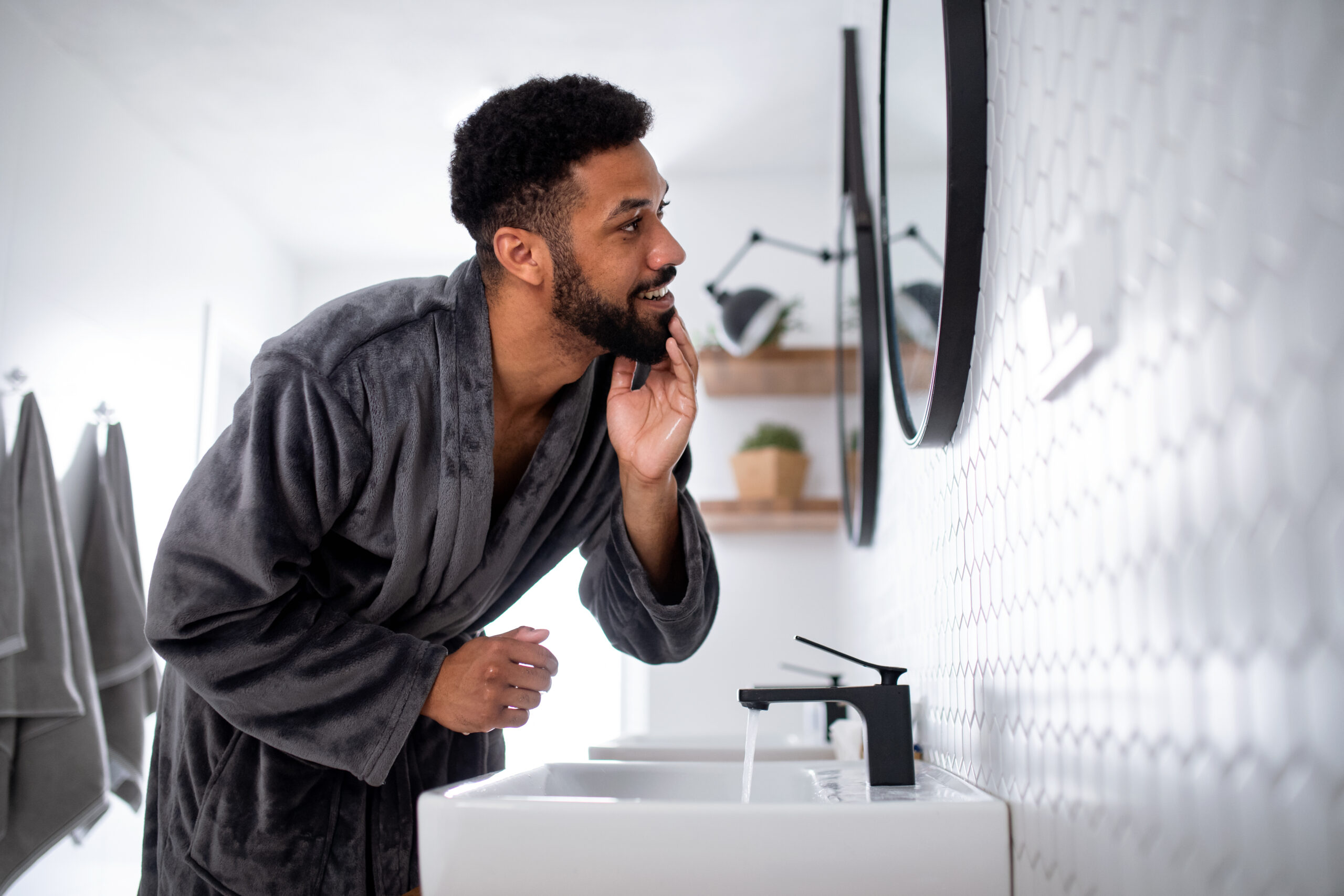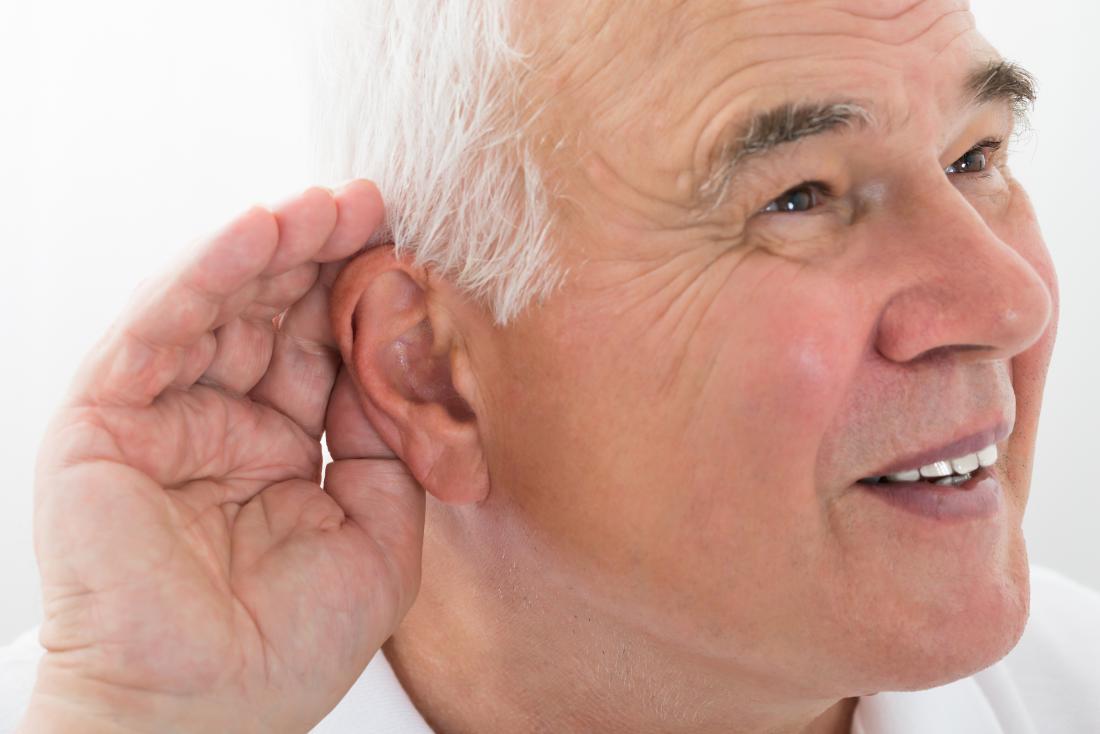What Is This Bump on My Eyeball? Common Causes and When to Seek Medical Attention

If you’ve ever noticed a bump on your eyeball or eyelid, you’re not alone. Bumps in or around the eye can vary widely, from harmless cysts to symptoms of infections or other conditions. Some bumps are common and go away on their own. However, others may need medical help, especially if they hurt or affect your vision.
Types of Bumps on the Eye and Eyelid
Bumps can appear on or around the eye for various reasons. Here are a few of the most common:
Pinguecula and Pterygium
Pinguecula is a small, yellow bump on the white part of the eye, called the sclera. It usually happens due to sun exposure or irritation.Pterygium, commonly referred to as “surfer’s eye,” is a growth of tissue that begins on the sclera and may extend over the cornea. If it grows large enough, it can potentially impact vision.
Pinguecula is a small, yellowish bump on the white part of the eye (sclera) and is typically caused by sun exposure or irritation. It’s often harmless but can become inflamed.
Conjunctival Cysts
Conjunctival cysts are small, fluid-filled sacs that form on the conjunctiva, the clear tissue covering the white part of the eye and the inner eyelid. They are usually painless and may disappear on their own.
Chalazion
A chalazion is a bump on the eyelid caused by a blocked oil gland. Unlike other bumps, chalazia typically form further from the edge of the eyelid and are often painless. If you’re dealing with a lump on your eyelid, visit our chalazion guide for more details on symptoms and treatment options.
Stye (Hordeolum)
A stye is a red, painful bump near the edge of the eyelid caused by an infected gland. Unlike a chalazion, styes are usually more painful. They can also form a yellow or white head, like a pimple.
Limbal Dermoid
This is a rare, benign tumor that often appears at birth. It is usually found at the edge of the cornea and sclera. If it grows or affects vision, surgery may be needed.
Papilloma
Papillomas are benign, flesh-colored growths on the eyelid caused by the human papillomavirus (HPV). They’re typically harmless but can be removed if they affect vision or cause discomfort.
Xanthelasma
These yellowish plaques can develop on the eyelids, often due to cholesterol deposits. While they’re not harmful, they can be cosmetically bothersome and may indicate high cholesterol.
Common Symptoms Associated with Eye Bumps
Depending on the type, an eye bump may come with symptoms like:
- Redness or inflammation
- Swelling and tenderness, especially with styes
- Watery or itchy eyes
- Discomfort or pain when blinking
- Blurred vision, particularly if the bump is large or close to the cornea
Most bumps, particularly those located on the eyelid, are typically benign and will often resolve on their own over time or with minimal treatment. However, if you notice any changes in the appearance of the bump or experience symptoms such as pain or changes in vision, it may be necessary to seek medical attention.
What Causes Bumps on the Eye?
Eye bumps can have a variety of causes, from blocked glands to environmental factors and underlying health conditions. Some common causes include:
- Blocked Oil Glands: Meibomian gland blockages in the eyelids often lead to chalazia.
- Infections: Bacterial infections can cause painful styes.
- UV Exposure: Over time, UV rays can lead to growths on the sclera, such as pinguecula or pterygium.
- Irritants: Wind, dust, and other environmental irritants can trigger inflammation or cyst formation.
- Underlying Health Conditions: Conditions like high cholesterol may lead to xanthelasma, while certain viral infections can cause papillomas.
Treatment Options for Eye Bumps
Treatment varies depending on the type of bump:
- Warm Compresses: For chalazia and styes, applying a warm compress several times a day can help reduce swelling and encourage drainage.
- Over-the-Counter Eye Drops: Lubricating drops can help relieve irritation from conditions like pinguecula or conjunctival cysts.
- Antibiotics: In cases where an infection is present, your doctor may prescribe antibiotic ointments or drops.
- Surgical Removal: For persistent or vision-impacting bumps like pterygium or limbal dermoids, minor surgical procedures may be recommended.
Always consult an eye specialist for advice on the best treatment for your particular type of bump, especially if it’s painful or affecting your sight.
When to See an Eye Specialist
If you see a bump on your eye or eyelid, it’s best to watch it for a few days. Check to see if it gets better. However, you should reach out to an eye doctor if you experience any of the following:
- Pain, tenderness, or increased swelling
- Changes in vision, such as blurriness or double vision
- Redness or yellow discharge, which can indicate infection
- A bump that does not resolve within a couple of weeks with home care
Frequently Asked Questions About Eye Bumps
Are bumps on the eye always serious?
Most eye bumps are not serious and resolve on their own or with simple treatment. However, if the bump persists or causes symptoms, it’s best to have it checked by an eye specialist.
Can I prevent eye bumps?
Practicing good eye hygiene can help prevent certain types of bumps. Do not touch your eyes with dirty hands. Make sure to remove makeup completely.Wear UV-protective sunglasses when you are outside. This will help protect your eyes from the sun.
Is it okay to wear contacts with a bump on my eye?
It’s best to avoid contact lenses if you have a bump near your eye. This is especially true if you feel pain, see redness, or notice discharge. Contact lenses can irritate your eye and slow down healing.
Trust the Cosmetic Team at SightMD
At SightMD, our team of eye care professionals is here to help diagnose and treat any eye concerns you may have. If you’re dealing with a bump on your eye or eyelid, don’t hesitate to schedule a consultation. We can assess your condition and provide effective solutions to help keep your eyes healthy and clear.


